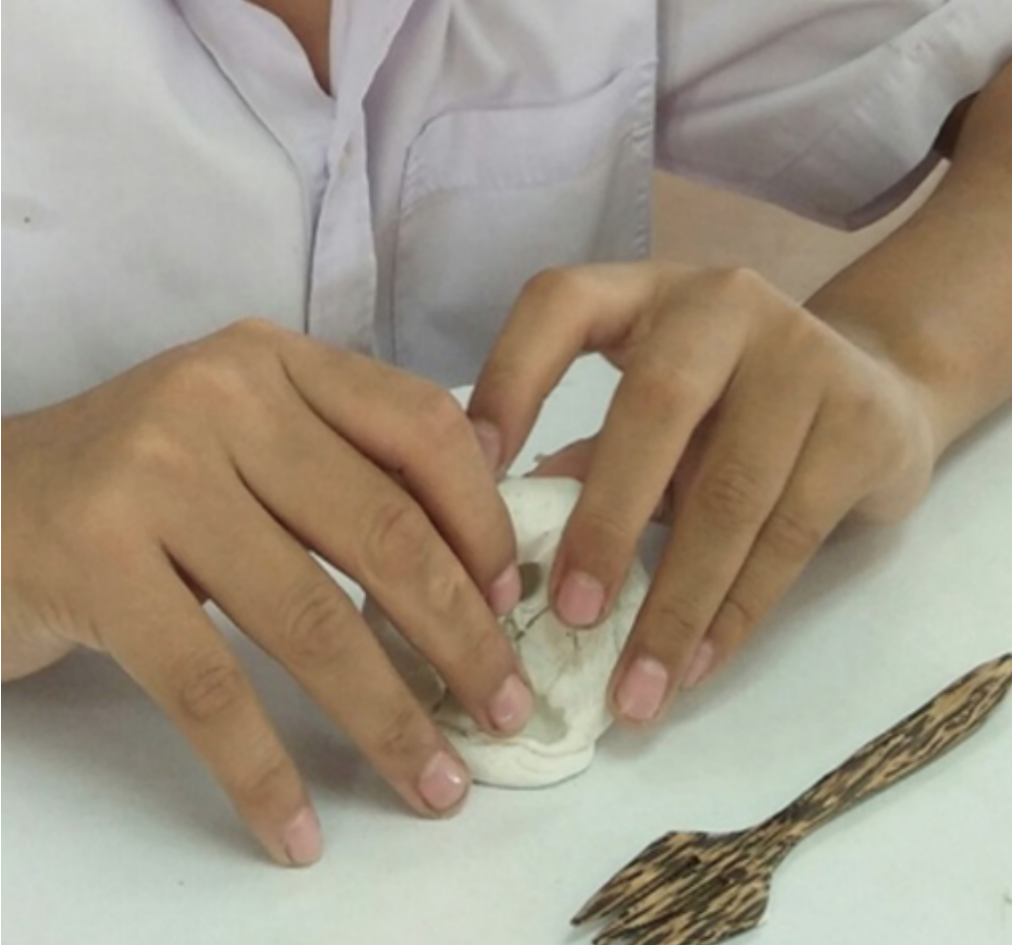Guidelines for Development of Art Activities to Create Aesthetic Experience for Elementary Children with Visual Impairment
DOI:
https://doi.org/10.69598/sbjfa244006Keywords:
Art activities, Aesthetic experience, Elementary children with visual impairmentAbstract
Aesthetic experience is a subjective experience which occured while perceiving aesthetic object through sensories. This experience is important to elementary students, age between 6-12 years, which sensories are fully developed and perceive simulators quickly. Therefore, promotion of aesthetic experience is important to children of this age, especially children with visual impairment. Aesthetic experience could complete experiences, develops cognition, emotion, and social as well. Furthermore, it progresses sensitiveness of sensories. Promoting the aesthetic experience through art activities is appriate to children with visual impairment both totally blind and low vision can approach. The purposes of this research are studying and creating the guidelines for development of art activities to create aesthetic experience for elementary children with visual impairment. The methodology is studying related documents and researches. The result found that the guildlines for developing art activities to create aesthetic experience of elementary children with visual impairment consist of 1) using multisensory 2) combining various kinds of activities 3) utilizing direct experience 4) using texture materials, limit 10 pieces per lesson 5) promoting the opportunity to express their opinions, discuss about Art, and express their feelings and
6) linking to their basics and previous experience.
Downloads

Downloads
Published
How to Cite
Issue
Section
License
The journal's editorial team does not have to agree with the views and comments in the author's article, nor are they responsible for the comments.











